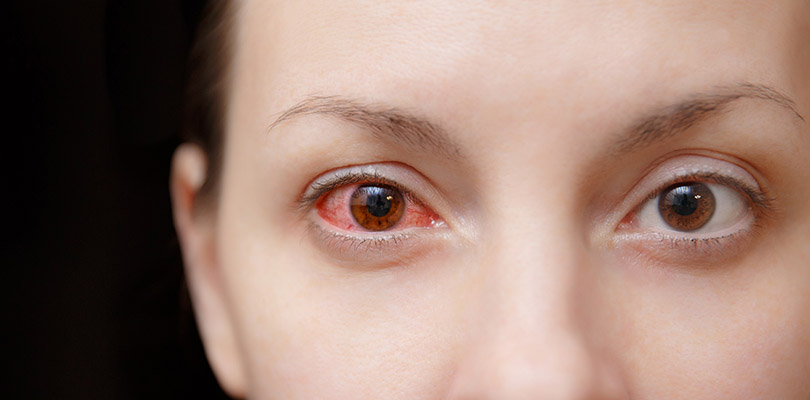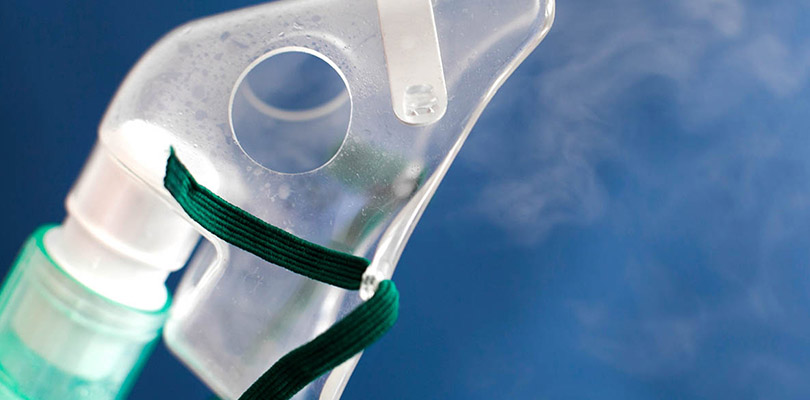Photo Credit: stella_photo20 / iStockPhoto.com
What to Watch for and How to Prevent Exposure
Every day, over 1 million people contract some form of sexually transmitted infection (STI). At the end of every year, one of the four most common STIs is responsible for approximately 500 million people’s visit to the doctor. These are surmounting numbers that, without proper awareness, will only continue to climb.
The fact that most STIs surface without any symptoms is alarming, but you can still protect yourself and your partner. Sexual activity comes with a certain level of responsibility — an obligation, to say the least. Learn how to recognize the most common STDs and STIs as soon as possible and take back control over your life.
Defining STIs
There are over 30 strains of bacteria, parasites and viruses that lead to the transmission of an STI through various forms of sexual contact. Some believe abstaining from certain sexual practices, in exchange for others, is an effective means of prevention.
On the contrary, STIs may be passed through any sexual act that places you in direct contact with another’s bodily fluids including, but not limited to, anal, vaginal and oral sex.
Even without penetration, skin-to-skin contact is enough to spread some types of STIs. Other harmful organisms can also be passed without engaging in sexual activity at all. Certain blood-related products, procedures and tissue transfers contribute to the steadily climbing rate of annually confirmed (and unconfirmed) cases.
Monitoring Symptoms
The term STD (sexually transmitted disease) is widely used as the defining description of common sexually transmitted infections, but it isn’t completely accurate. Not all infections graduate to the “disease” level, making STI a more appropriate term for monitoring all types of infections, regardless of its severity or origin.
Common symptoms include abdominal pain, genital ulcers, and unusual vaginal or urethral discharge. Other symptoms, or lack thereof, are typically attributed to the specific pathogens that caused the infection.
HPV (Human Papillomavirus)
Research shows almost every sexually active person will contract some form of HPV in their lifetime. There are over 30 forms of HPV spread through sexual activity; some are even spread through skin-to-skin contact.
Most forms of HPV are symptomless (particularly with males) and do not cause harm to the body before it is naturally eliminated. However, other strains of HPV cause infections in the mouth and/or throat. Some lead to genital warts, others are capable of causing cancer in the cervix, penis, mouth or throat.
Two vaccines have been created to combat these forms of cancer, one of which is expected to create a barrier for genital warts, vaginal and anal cancer as well. According to the Centers for Disease Control and Prevention (CDC), females between the ages of 11 – 26 and males aged 11 – 21 should receive this vaccination as a precautionary measure.
Chlamydia
Chlamydia is a STI forerunner in the country. Spread primarily through vaginal or anal sex, it may still be passed through oral engagements. Chlamydia is most recognized through odd vaginal or penile discharge: discoloration, odor and consistency are usual indicators. It may also cause burning discomfort or pain when urinating.
Even though chlamydia is the most commonly spread STI, only about 25 percent of women and 50 percent of men get symptoms. Lack of testing or awareness is likely the reason the bacterial infection continues to be passed around. Fortunately, treatment is limited to a round of antibiotics and remaining abstinent until results have cleared.
Gonorrhea
Natural remedies for anxiety and depression can be a good way to manage symptoms. If they don't work, talk to your doctor about treatment options.
Not as common as chlamydia, gonorrhea is still frequently contracted. Many times, people become infected with both chlamydia and gonorrhea at the same time.
Symptoms are identical — unusual discharge, painful or burning urination — but are much more prevalent with infected men; only about 20 percent of women notice symptoms. Antibiotic treatment clears this infection as well.
Syphilis
Syphilis, otherwise known as the “great imitator,” presents itself in four stages. First emerging as a sore, it can be difficult to pinpoint the presence of syphilis in its primary form. This sore may resemble a cut, ingrown hair, or an average bump on the body.
As it advances to the second stage of development, a rash will emerge. This is soon followed by more sores in the mouth, vagina or anal cavity. By the time syphilis is in its third, or latent, stage of development, symptoms start to disappear. Here, syphilis can continue to thrive for years to come, lasting up to a lifetime in some cases.
The fourth and final stage is only experienced by 15 percent of people who leave syphilis untreated. This late stage leads to damage to the nerves, organs, and possibly the brain as well.
If treated through antibiotics, the earlier intervention begins, the more effective it is. If syphilis advances, it will require more aggressive antibiotics and a longer treatment plan.
Trichomoniasis
Trichomoniasis is normally contracted by women. Caused by a microscopic parasite, this STI is passed by penis-vagina contact or if female genitalia touches. Of confirmed cases, only 30 percent of people exhibit symptoms.
Discomfort in the genital region, including itching, burning or soreness is most commonly reported. Others noticed discharge with a foul odor; it may range from clear to white or even yellow to greenish tint. Treated with antibiotics, symptoms clear up within a short period.
Herpes
Herpes is broken down into two strains, HSV-1 and HSV-2, and either can lead to genital herpes. Although HSV-2 is most known for its physical symptoms, neither are safe from the possibility of outbreak of painful blisters near sexual organs.
Blisters around the penis, vagina or anus are easily recognized, still, absence does not denounce the presence of an infection. Blisters may form out of sight, inside the anus or vagina where they cannot be felt. Some people never develop blisters at all but are still capable of spreading the virus.
Herpes is easily passed through skin-to-skin contact. Skin left exposed by condoms or making contact without engaging in full sexual intercourse can still pass herpes to others. Infected persons are most contagious during an outbreak but caution should always be taken to avoid spreading the virus.
Herpes cannot be cured but it can be successfully managed with medication.
HIV/AIDS
HIV is a sexually transmitted virus that can eventually lead to AIDS. It can be passed through various forms of bodily fluid including semen, vaginal fluid, blood and breast milk — it is not spread by saliva.
Unprotected vaginal and/or anal intercourse with an infected person, or using infected needles are the most common ways HIV is contracted.
The infection leaves behind a trail of vague symptoms. Some report flu-like discomfort including muscle aches and pains, slight fever and fatigue. Others experience weight loss. Some notice an issue after dealing with loose stools. With the list of HIV/AIDS symptoms being so incomplete, the only way to accurately know your status is to be tested.
Blood and saliva tests can tell if your body is reactive in a matter of minutes. Early detection and treatment is the most important factor of managing the effects of HIV. Without treatment, HIV slowly destroys the body’s immune system and ability to fight of infection. Although it is still classified as incurable, advancements with modern medicine assist millions with living long lives even after testing positive.
Preventative Measures
Right now, hundreds of millions of people are living with an STI, whether they know it or not. Some strains are continuously evolving, causing debates on effective treatment options. New cases of gonorrhea are proving the infection is slowly becoming resistant to the antibiotics used to treat it. How do you stay safe with such high risks and such little information?
Awareness; counseling and guidance on sex education will help the sexually active become more responsible with their health. Practicing safe sex with a mutually exclusive partner greatly limits your risk, but it is not absolute. Those in monogamous relationships may still pass STIs among each other in a number of ways.
Safe practices, sexually and otherwise, protect you as well. Do not share needles, get tattoos in unclean facilities, or have medical procedures completed by unlicensed individuals. The stigma attached to STIs has calmly rerouted necessary discussions, but ignoring the ever-growing elephant in the room will not magically eliminate the issue.
Recognizing the presence of a STI is only the first step. Step two is to get tested. Even if you don’t “feel” you’re at risk, peace of mind is even more rewarding.







